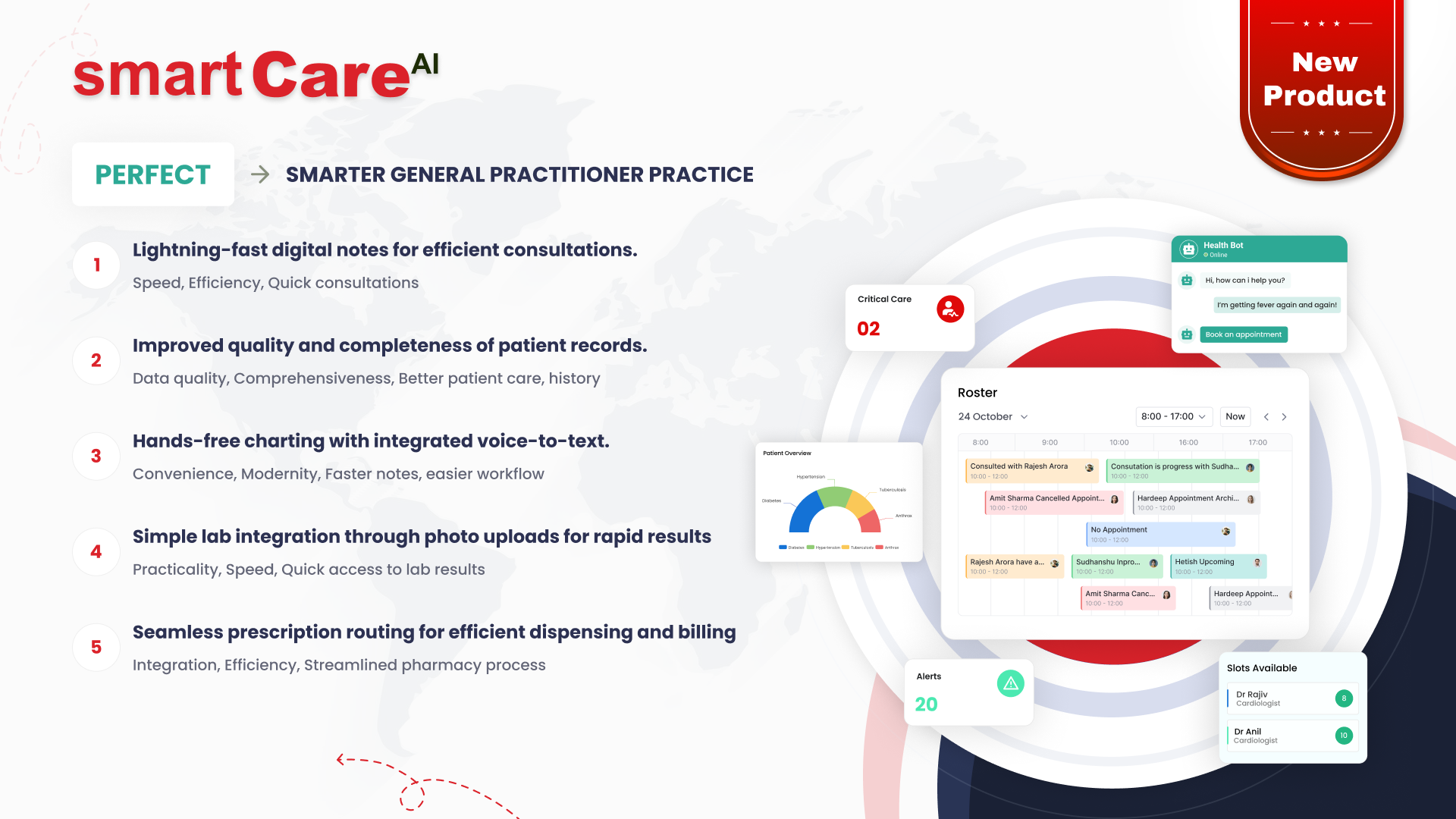Posted On July 24, 2024
Impact of Digital tools on Operational efficiency
-
Enhanced Efficiency and Productivity:
Digital tools streamline workflows and automate repetitive tasks, significantly boosting efficiency and productivity. Project management tools like Trello, Asana, and Jira enable teams to collaborate seamlessly, track progress, and meet deadlines effectively. Automation tools like robotic process automation (RPA) have greatly lessened the load of repetitive tasks
-
Streamline development and deployment:
Digital tools like integrated development environments (IDEs), version control systems, and continuous integration/continuous deployment (CI/CD) pipelines have made software development processes much smoother.
- IDEs:
Tools such as Visual Studio, IntelliJ IDEA, and Eclipse create a single environment for developers to write, test, and fix code. This makes teams more productive and improves collaboration.
- Version Control Systems:
Git, Subversion, and Mercurial help developers track changes to code, work together smoothly, and go back to previous versions if needed. This ensures code quality and helps teams work effectively.
- CI/CD Pipelines:
Automation tools like Jenkins, Travis CI, and GitLab CI/CD automate building, testing, and deploying software. This speeds up how quickly software is released, reduces mistakes, and makes releases more reliable.
- IDEs:
-
Improved Communication and Collaboration:
Effective communication and collaboration are critical components. Digital communication tools like Skype, Slack, Microsoft Teams, and Zoom have transformed how teams interact, making it easier to connect, share information, and work together regardless of geographical locations.
-
Data-Driven Decision Making:
Platforms like Tableau, Power BI, and Google Analytics enable organizations to gather, analyze, and visualize vast amounts of data from various sources. These insights help businesses understand customer behavior, market trends, and operational performance. By leveraging data analytics, companies can identify opportunities, predict future trends, and make strategic decisions that drive growth and innovation.
-
Enhanced Customer Experience:
It helps in enhancing the customer experience. Customer relationship management (CRM) systems like Salesforce, HubSpot, and Zoho CRM help manage customer interactions, track sales, and provide personalized service. Chatbots and AI-powered customer service tools offer instant support and resolve queries efficiently, improving customer satisfaction
-
Cost Savings and Resource Optimization:
The digital tools can lead to significant cost savings and resource optimization. Automation reduces the need for manual work, lowering operational costs. Cloud computing's scalability has changed how we handle infrastructure, deploy applications, and grow their operations:
- Infrastructure as a Service (IaaS):
Services like Amazon Web Services (AWS), Microsoft Azure, and Google Cloud Platform (GCP) offer flexible resources (like servers and storage) that can adjust as needed. This helps scale up or down based on demand and avoid upfront costs for infrastructure.
- Platform as a Service (PaaS):
PaaS options such as Heroku, Microsoft Azure App Service, and Google App Engine simplify deploying and managing applications. Developers can focus on coding without needing to manage the underlying infrastructure.
- Software as a Service (SaaS):
Many companies provide their applications as SaaS products, delivering them over the internet on a subscription basis. SaaS eliminates the need for customers to install or update software themselves, while giving companies consistent revenue.
- Infrastructure as a Service (IaaS):
-
Remote Work and Flexibility:
The COVID-19 pandemic sped up the shift to remote work, with digital tools playing a key role in this change. Cloud-based solutions such as Google Workspace and Microsoft 365 enable employees to reach files and apps from any location, ensuring seamless business operations. Project management tools like Trello and Basecamp aid in monitoring progress and keeping remote teams accountable.
-
Improved Financial Management:
Digital tools like QuickBooks, Telly, Xero, and SAP Concur have simplified accounting tasks, expense tracking, and budgeting. These tools provide instant financial reporting, automate invoicing, and ensure adherence to financial regulations.
-
Marketing and Brand Awareness:
Facebook, Twitter, and Instagram help businesses reach more people, promote products, and build brand awareness efficiently. Also enables direct interaction with customers, fostering relationships, providing customer support, and gathering feedback to improve products and services.
-
Sales and Lead Generation:
Businesses can use Digital social media tools for targeted ads, driving website traffic, and generating leads through promotions.
-
Recruitment:
Naukri, Hirist, LinkedIn etc helps find talent, connect with professionals, and share updates.
-
Handling sensitive data and regulations:
- Identity and Access Management (IAM):
Tools like Okta, OneLogin, and Microsoft Azure Active Directory ensure secure access to applications and data, preventing unauthorized entry and data breaches.
- Compliance Monitoring:
Tools automate checks to meet regulatory standards (e.g., GDPR, HIPAA) and internal rules. This helps companies prove compliance to auditors and reduce legal risks.
- Security Testing:
Tools such as Nessus and Qualys find security weaknesses in software and systems. Fixing these issues quickly protects against cyber threats and improves overall security.
- Identity and Access Management (IAM):
-
Future Trends and Innovations:
- Artificial Intelligence (AI) and Machine Learning:
AI-powered tools for code analysis, automated testing, and predictive analytics will enhance development efficiency and product quality.
- DevOps and Site Reliability Engineering (SRE):
DevOps practices and SRE principles will be further integrated with automation tools to optimize software deployment, monitoring, and incident response.
- Microsoft Co-Pilot:
Intelligent code suggestions help programmers complete code faster and with fewer mistakes by autocompleting lines or blocks of code. They identify potential errors and suggest corrections in real-time, reducing debugging time and improving code quality. Writing boilerplate code can be tedious, but Co-Pilot can generate it automatically. Overall, these features speed up the coding process and enhance efficiency.
- Edge Computing:
As IoT devices and applications proliferate, edge computing tools will enable software companies to process data closer to the source, reducing latency and improving performance.
- Blockchain Technology:
Blockchain platforms will facilitate secure transactions, digital asset management, and decentralized applications (dApps) in sectors like finance, healthcare, and supply chain management.
- Artificial Intelligence (AI) and Machine Learning:
Conclusion:
Digital tools have significantly enhanced operational efficiency, driving innovation, productivity, and customer satisfaction. By improving development, project management, customer support, data-driven decisions, and using cloud computing, it helps to work more efficiently and stay competitive. As new technologies emerge, any company will keep evolving, adopting advanced digital tools to stay ahead.








